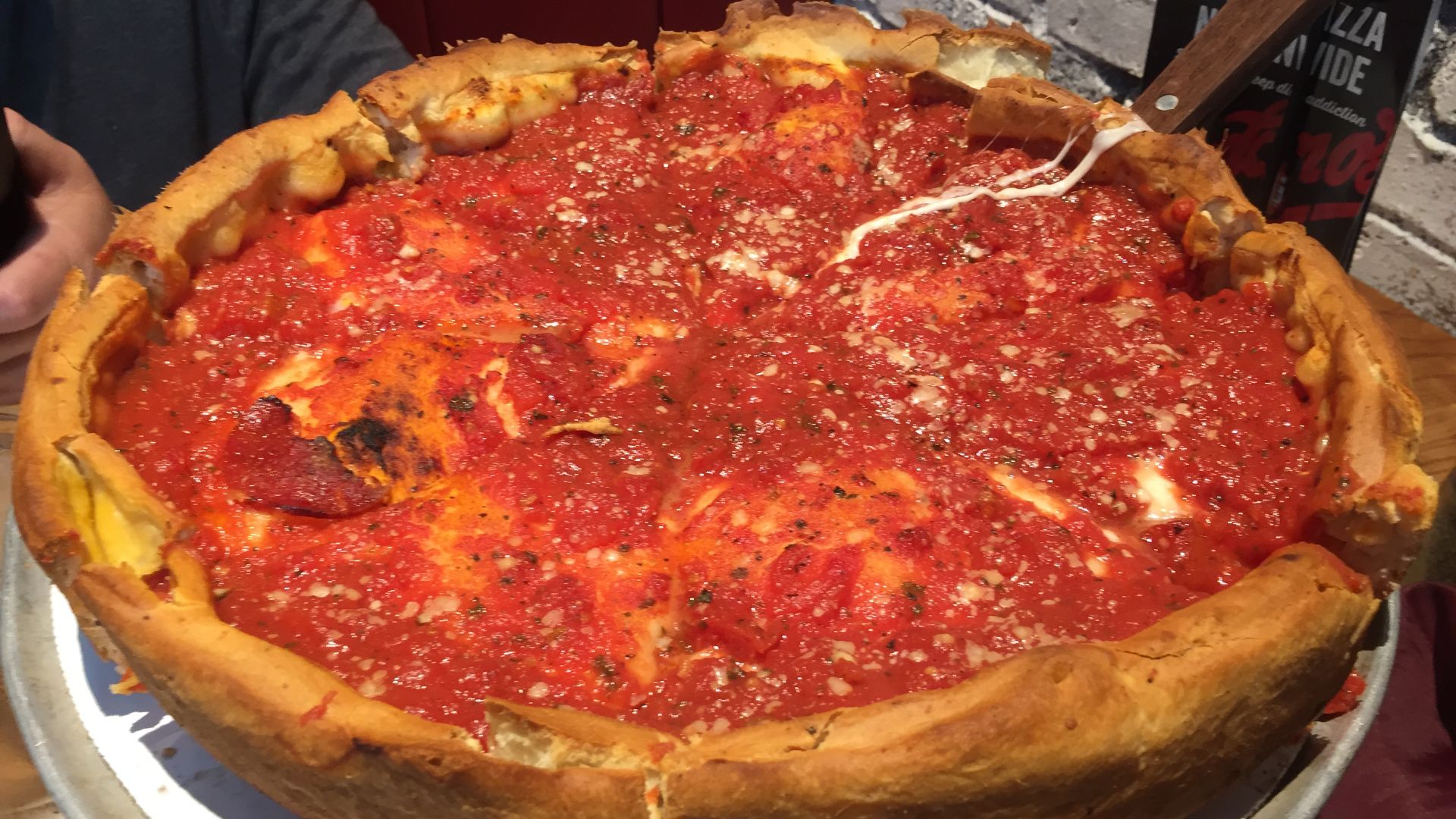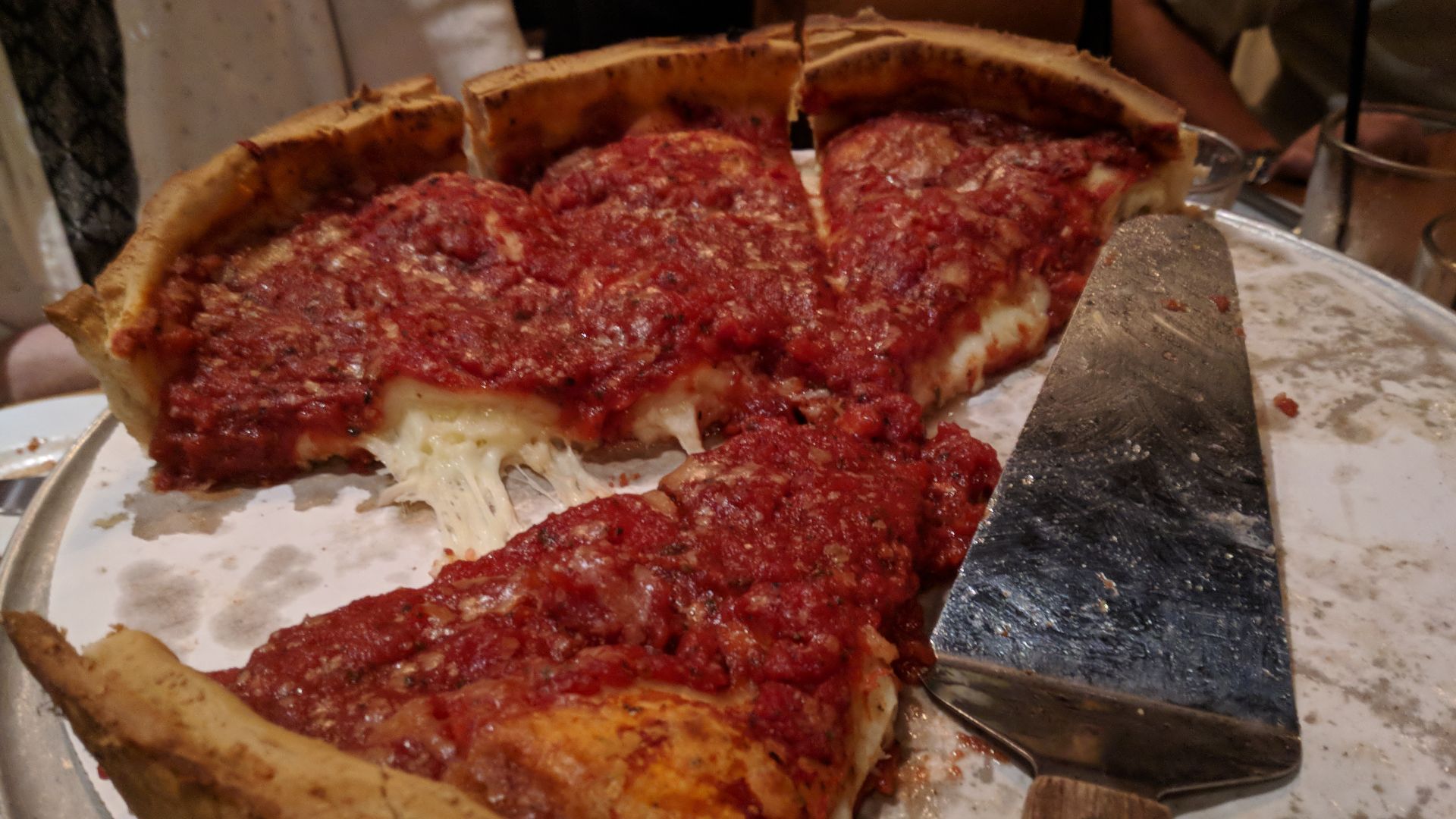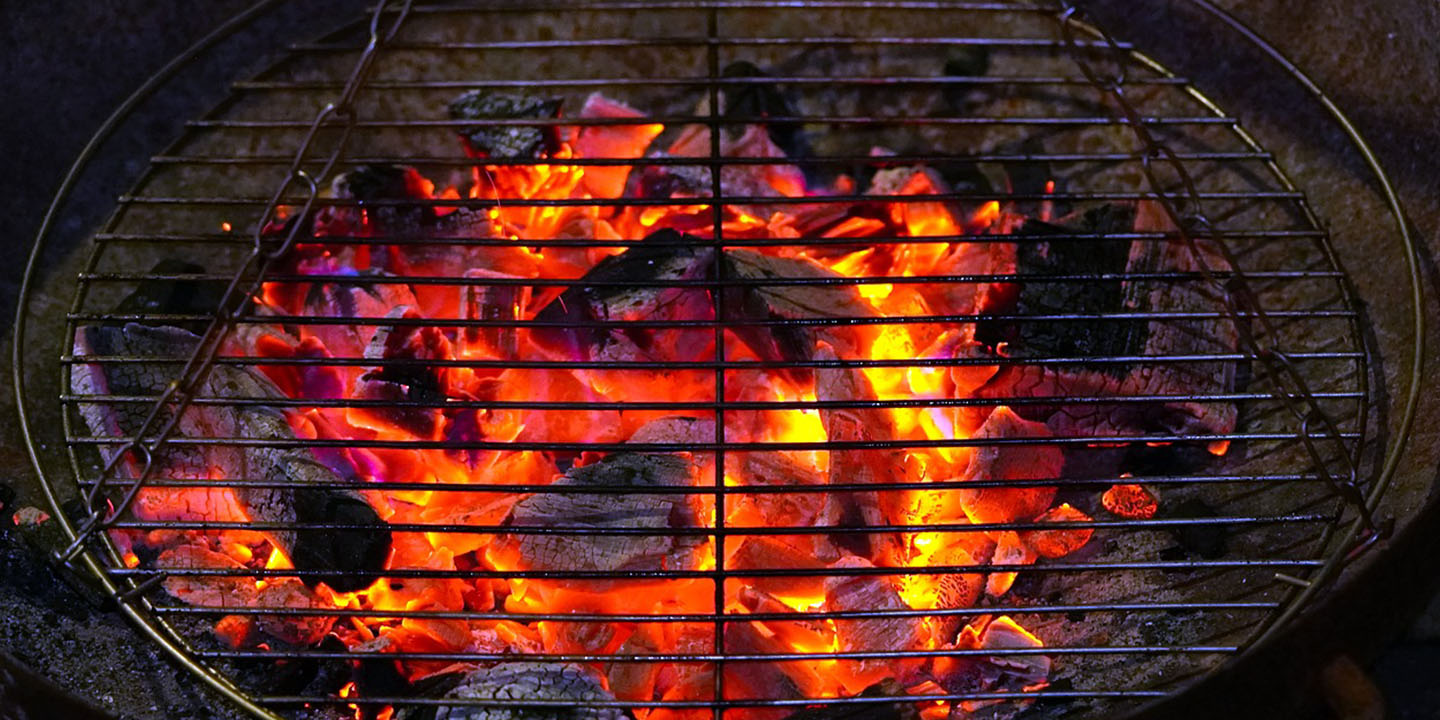Is Deep Dish Pizza Really Pizza? Here’s Why We Think It Isn’t
Chicago may swear by it, but deep dish pizza divides food lovers across the country. It’s thick, buttery, and layered in ways no traditional pizza would dare attempt. So, does it still deserve the name “pizza”? Let’s take a closer look at how this American icon bends the rules—and why purists might say it crosses the line entirely.
A Crust That Breaks Tradition
 Chris6d on WikimediaWhen Pizzeria Uno introduced deep dish in 1943, co-founders Ike Sewell and Ric Riccardo weren’t trying to recreate Naples—they were building something that could handle a Chicago winter. The dough was pressed into an oiled pan to form tall, golden edges sturdy enough to support hefty toppings. That construction gave it the heartiness of a pie rather than the light, crisp feel of a pizza.
Chris6d on WikimediaWhen Pizzeria Uno introduced deep dish in 1943, co-founders Ike Sewell and Ric Riccardo weren’t trying to recreate Naples—they were building something that could handle a Chicago winter. The dough was pressed into an oiled pan to form tall, golden edges sturdy enough to support hefty toppings. That construction gave it the heartiness of a pie rather than the light, crisp feel of a pizza.
Traditional pizza focuses on balance between the crust, sauce, and cheese, all baked quickly on a stone for that familiar charred bottom. Deep dish shifts that priority. Its crust behaves more like a container than a base, changing how each bite feels and tastes. The dough’s rich butter flavor dominates, and instead of folding a slice, you dig into it with a fork. The texture and technique alone make it a departure from pizza’s Italian roots.
The Upside-Down Build
The first thing you notice when watching a deep dish being assembled is that everything happens backward. Cheese hits the dough first, forming a barrier to prevent sogginess. Then come the toppings, and finally a thick, chunky tomato sauce poured over the top. This reversal is necessary to withstand the long bake time.
In Naples or New York, pizzas are baked hot and fast, creating a thin crust and bubbling cheese within minutes. Deep dish takes its time, often spending 30 to 40 minutes in the oven. The slow cook turns the crust flaky and the cheese molten beneath the surface. What emerges feels more like a layered casserole than a pizza. That method may deliver comfort food satisfaction, but it rewrites every rule that defines the classic pie.
Defining “Pizza”
By definition, pizza is a flatbread topped with tomato, cheese, and various ingredients, baked quickly at high heat. Neapolitan tradition even limits thickness to about one-third of an inch. A deep dish easily triples that height.
Yet there’s no denying its cultural value. Deep dish became Chicago’s signature dish—something locals defend fiercely and visitors plan entire trips to taste. The debate, then, isn’t about which tastes better but what earns the title “pizza.” If the word implies thin and foldable, a deep dish doesn’t qualify. But if it simply means dough, sauce, and cheese baked together, Chicago can claim victory.
The Final Slice
So, where does that leave us? Somewhere between tradition and innovation. Deep dish might not be pizza in the purist sense, but it’s an American success story that took a familiar concept and made it its own. The next time you pick up a fork instead of your hands, ask yourself—are you breaking the rules or redefining them?
KEEP ON READING








